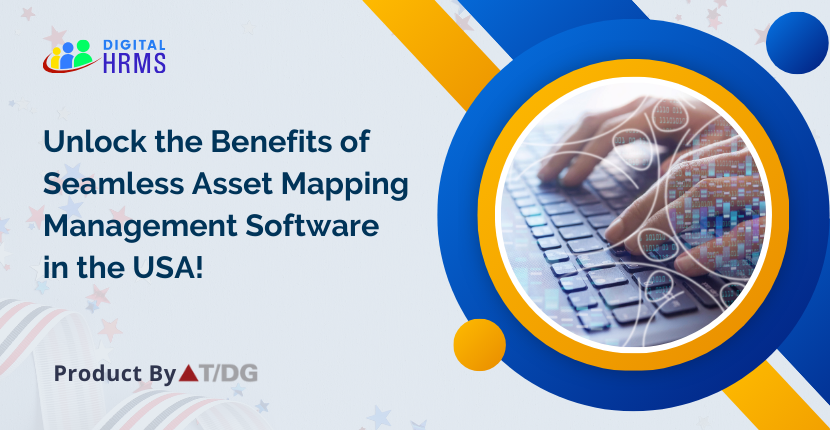How to Navigate Asset Mapping Challenges in the USA: A Comprehensive Guide Asset Mapping Management Software

In the dynamic business landscape of the United States, effective asset mapping management is critical for streamlined operations and optimal resource utilization. However, many companies face significant hurdles in this process. Let's delve into some common challenges and explore strategies to overcome them with the help of an asset mapping management software.

1. Lack of Centralized Data:
One prevalent issue with companies in the USA is the absence of a centralized repository for asset data. Without a unified asset mapping management platform, tracking assets becomes cumbersome, leading to inefficiencies and potential losses.
2. Manual Tracking Woes:
Relying on manual methods, such as spreadsheets or paper-based systems, often results in errors and delays. With the fast-paced nature of businesses in the USA, manual tracking becomes a hindrance to real-time asset management.
3. Inadequate Asset Visibility:
Limited visibility into asset usage, location, and condition can hinder strategic decision-making in the USA. This lack of transparency can lead to over-purchasing, underutilization, or even asset loss.
4. Compliance Challenges:
Ensuring compliance with industry regulations and internal policies is a constant struggle. Non-compliance can result in penalties, making it crucial for companies to have a system that automates and tracks compliance-related tasks.
Overcoming Asset Mapping Management Challenges:
1. Adopting Digital Asset Mapping Management Solutions:
Investing in digital asset mapping management software can centralize asset data, providing a comprehensive view of all assets in real-time. This streamlines tracking reduces errors, and enhances overall efficiency.
2. Implementing RFID and IoT Technologies:
Leveraging Radio-Frequency Identification (RFID) and Internet of Things (IoT) technologies enables companies to track assets automatically through an asset mapping management tool. This not only improves accuracy but also provides real-time insights into asset movement and conditions.
3. Utilizing Cloud-Based Asset Mapping Management Platforms:
Cloud-based asset management platforms offer accessibility from anywhere, facilitating collaboration and ensuring that all stakeholders have updated information at their fingertips.
4. Integrating asset mapping management tools with Existing Systems:
Choosing an asset mapping management software that seamlessly integrates with existing ERP and HR systems ensures a cohesive approach to asset management. This integration reduces manual data entry and enhances overall system efficiency.
Digital HRMS: Your Perfect Asset Mapping Management Software:
Enter Digital HRMS, a comprehensive HR management platform available in the USA region that extends its capabilities to efficient asset mapping. With features like centralized data storage, RFID integration, cloud-based accessibility, and seamless integration with existing systems, Digital HRMS emerges as the ideal HR solution for companies in the USA market. Revolutionize your asset mapping management platform and propel your business toward optimal productivity with Digital HRMS.